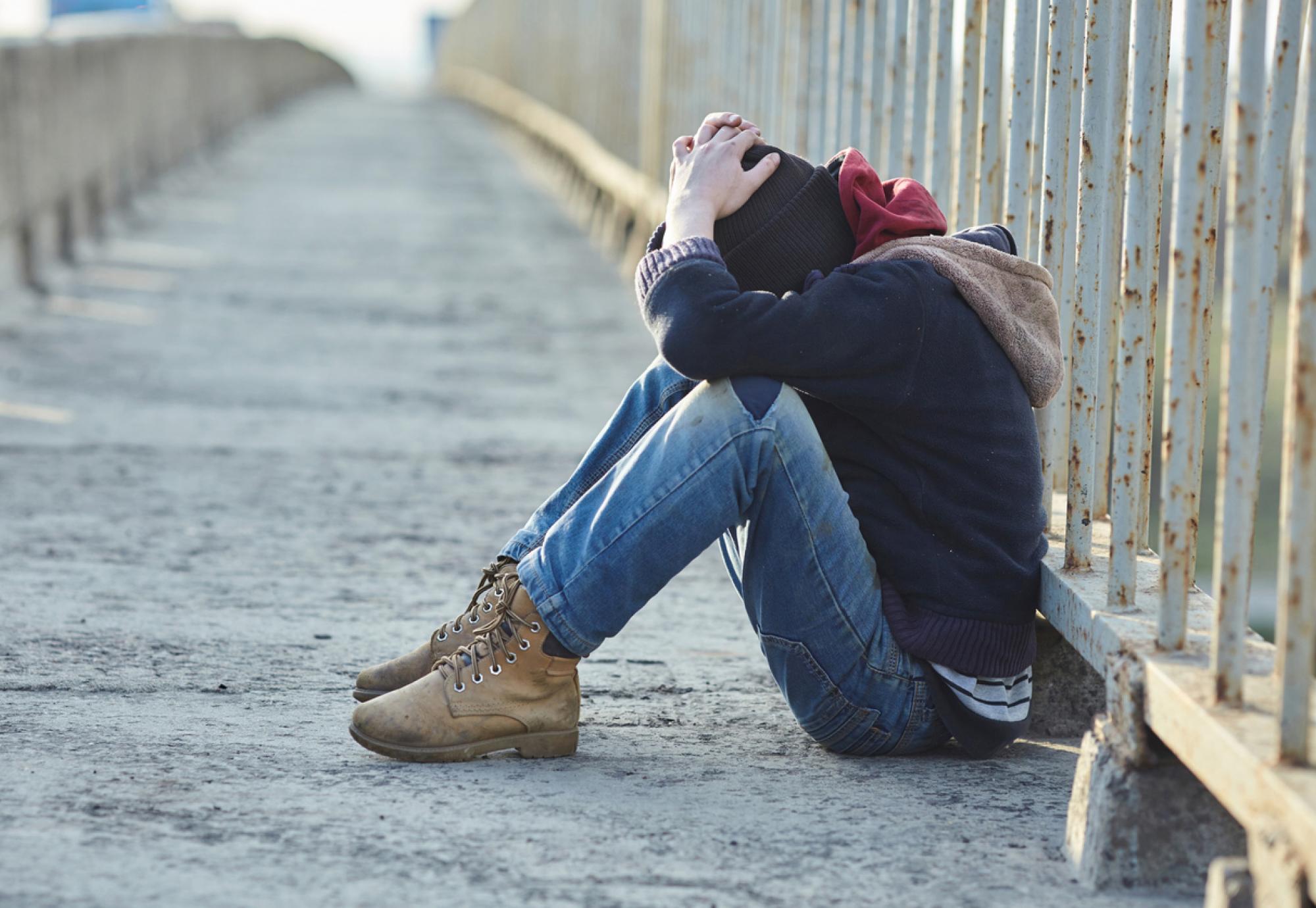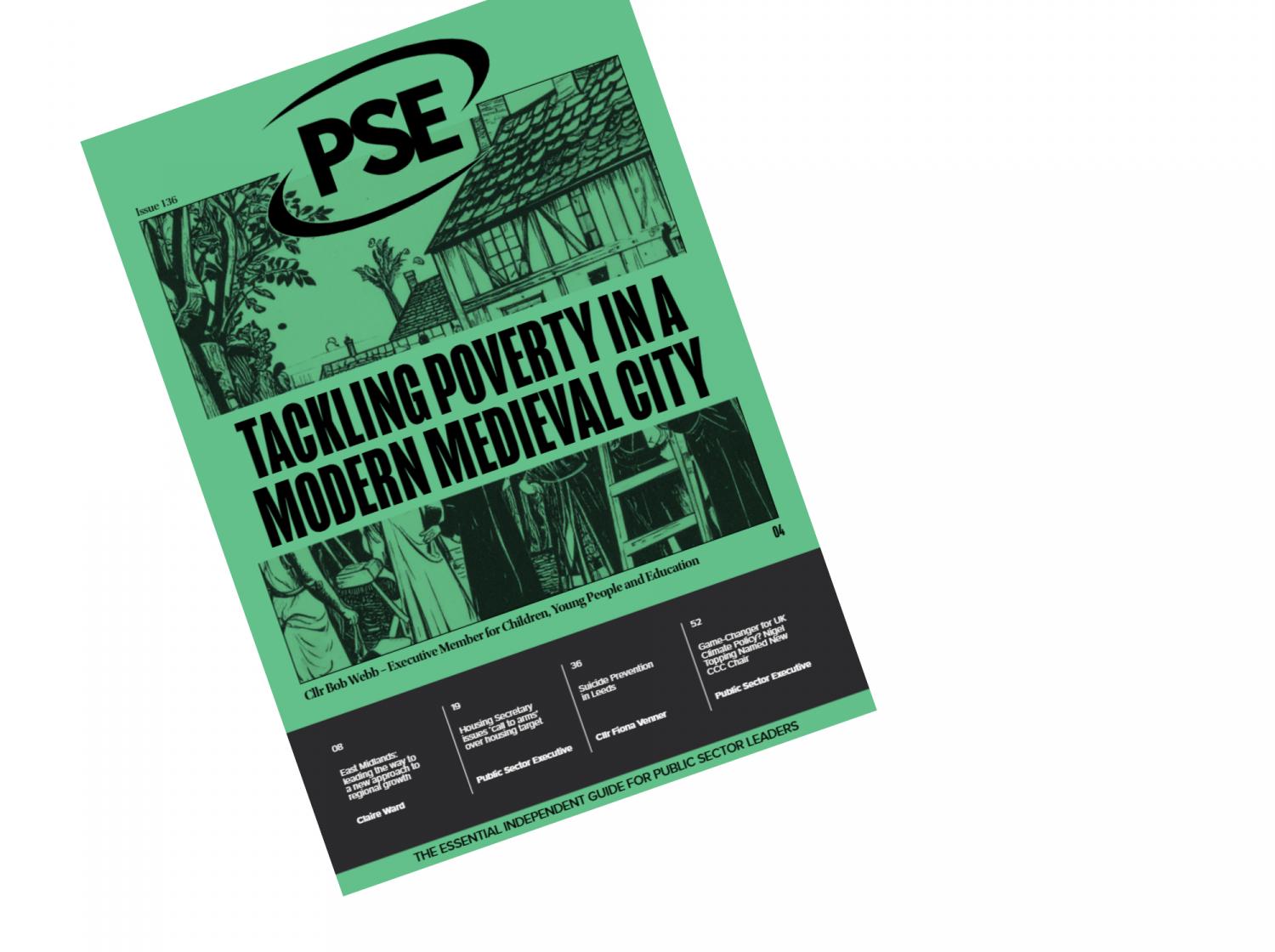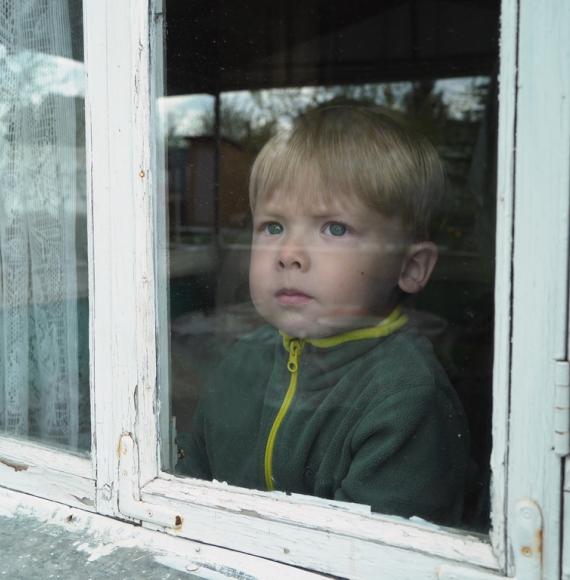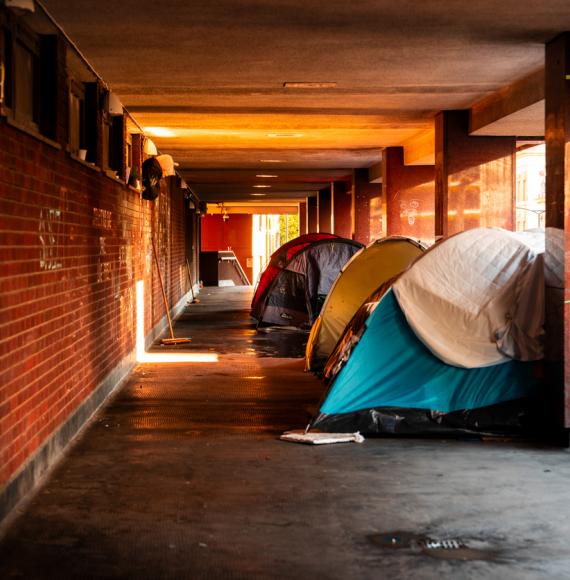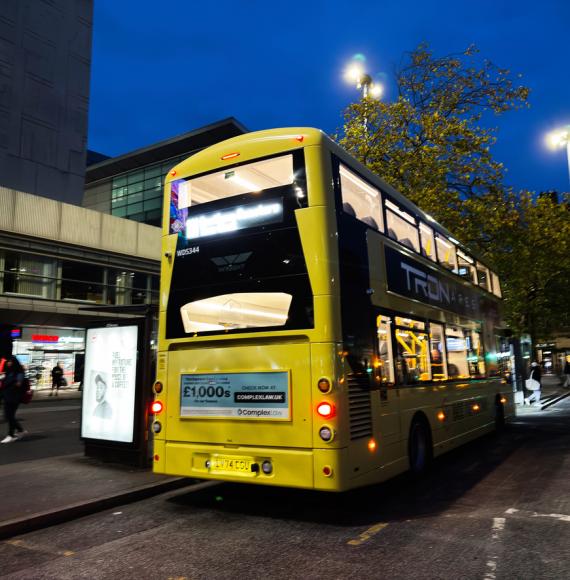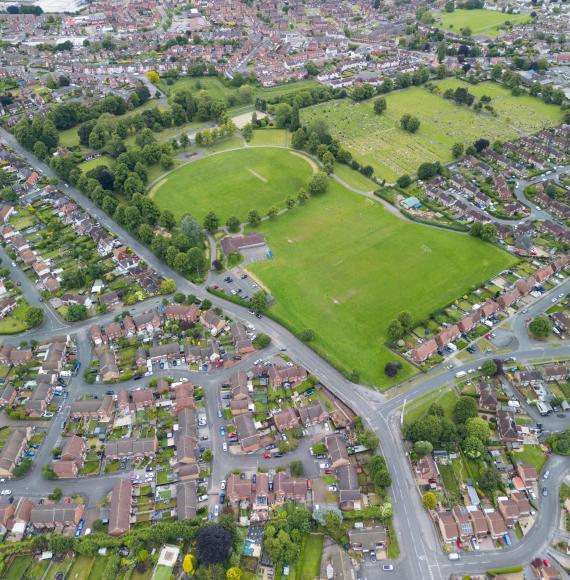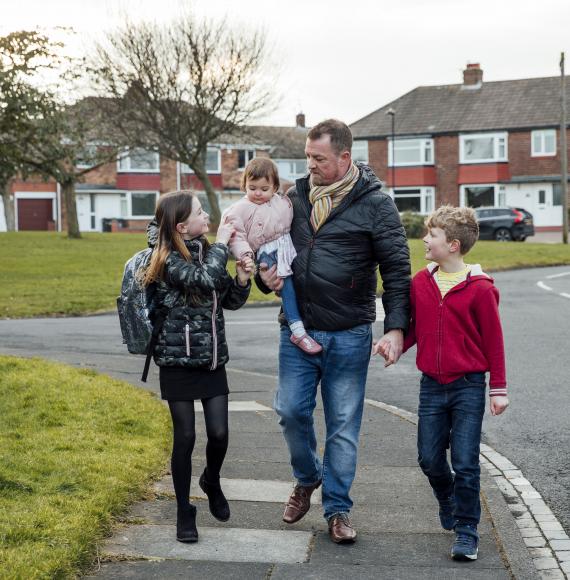According to London Councils, the picture painted of youth homelessness in new research is ‘grim’.
Published on World Homelessness Day yesterday by charity Depaul UK, the study is based on a census of the young people that are sleeping rough in a number of boroughs in the capital. With this research, it has been identified that more young people could be homeless than the official numbers suggest, as more than a quarter of those surveyed were not even recorded in official data.
Alongside this, it was outlined that the most common type of housing that people had left before becoming homeless was asylum accommodation.
Executive Member for Housing and Regeneration at London Councils, Cllr Grace Williams, said:
“This research paints a grim picture of life on the streets for far too many young people in London.
“It’s vital that homelessness support reflects all Londoners’ needs. Young people experiencing homelessness face particular challenges, and boroughs can use this data and insight to shape their strategies and the services they offer.
“With so many of these young people previously being in asylum accommodation before becoming homeless, it is clear this remains a significant challenge for reducing rough sleeping in the capital. Boroughs will continue working with the Mayor of London and the government to tackle this issue and prevent rough sleeping from occurring in the first place.”
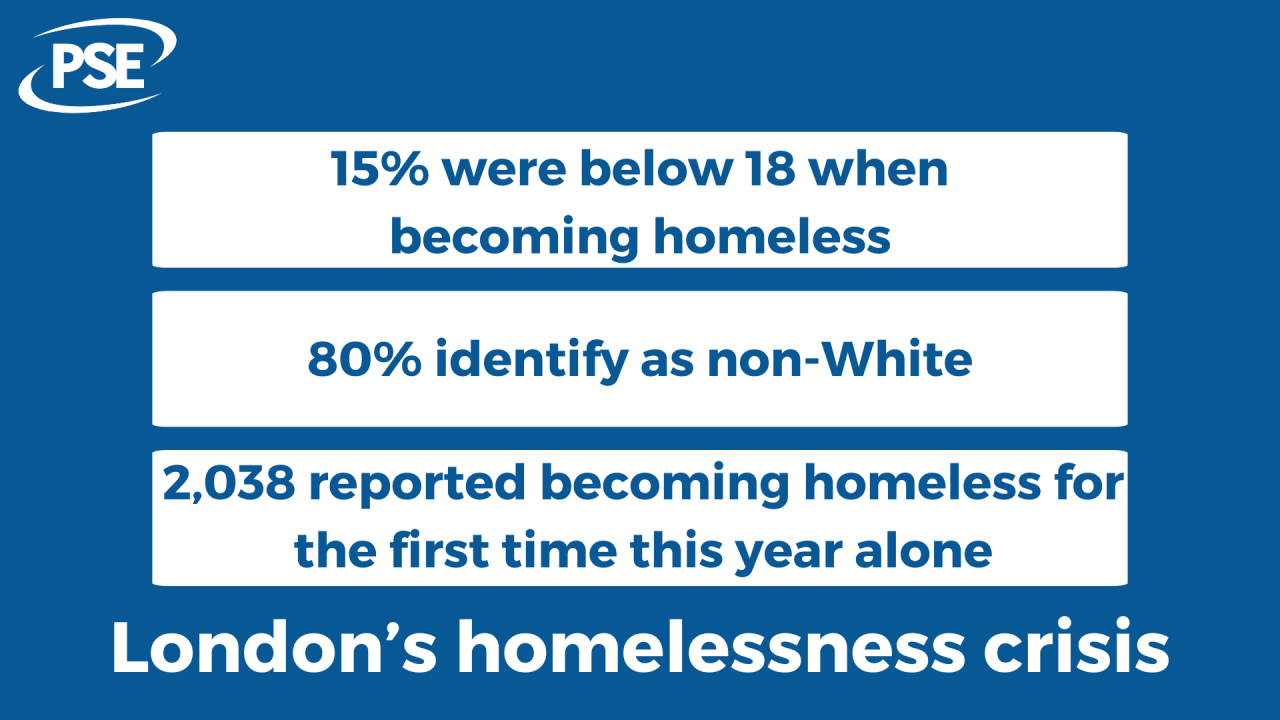
Some of the other findings of the report included:
- 15% of respondents said that they had been below the age of 18 when they first experienced rough sleeping
- 80% of respondents identified as non-White, with the Black African community being the most commonly represented ethnicity
- 4,118 people were recorded as sleeping rough in London across the first three months of the year, with 2,038 of these homeless for the first time.
Alexia Murphy, Depaul UK’s Chief Executive, also commented:
“This census reveals the hidden reality of youth homelessness in London and uncovers some critical gaps in our understanding of how young people become homeless. The findings emphasise the urgent need for targeted prevention, greater support and early intervention for young people who are at risk of sleeping rough, including those from minority backgrounds.”
Image credit: iStock

